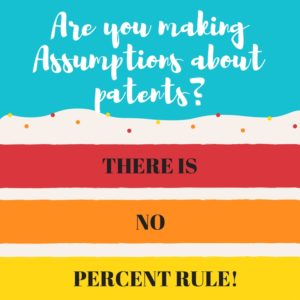You know what they say about assumptions, right? Too often, people make assumptions about patents, trademarks, copyright.
Intellectual property (IP) is divided into three types, patents, trademarks and copyrights. First, patents protect inventions. Trademarks protect the names of those inventions. Copyrights protect written materials. Be certain that when you are consulting with an attorney or investor about your intellectual property, you are able to speak intelligently. Expressions such as, “Oh, I want to patent my brand” or “I want to trademark my invention” sound like fingernails going across a chalkboard to an IP attorney.
Avoid making assumptions to ensure:
- You don’t waste your time consulting an attorney on something that you don’t own the rights to.
- You don’t spend unnecessary funds and invest them in your IP wisely.
Patents are a type of intellectual property that protect inventions. If you want to find out more about patents, you can visit to www.uspto.gov (United States Patent & Trademark Office). They do a great job of providing generic and free information. Don’t forget to consult with a qualified IP attorney to discuss your specific issue. Remember, Google is not your lawyer! LOL!
THERE IS NO PERCENT RULE
Inventors often ask, “What percent do I need to change the invention so that I can get a patent?” Often, inventors assume that they can invent something or that they can patent something by changing a percent of something that already exists. That is one of the biggest assumptions that people make and it’s very wrong.
Here’s the truth about patentable inventions:
- When you invent something, the invention is required to be useful and solves a problem.
- The invention is required to be novel or new. If you notice that something already exists that’s identical to what you’re doing, even if that person has not filed a patent application on that invention, you can’t file it because your invention is not patentable.
- The invention must be non-obvious. That is, would it be obvious to one of the ordinary skilled within the art, to take what’s out there and combine it to make the invention.
For example, changing the size, shape, color, material or attaching a button instead of a zipper on something are typically obvious changes such that an invention would not be patentable.
What is another patent assumption you’ve heard?

